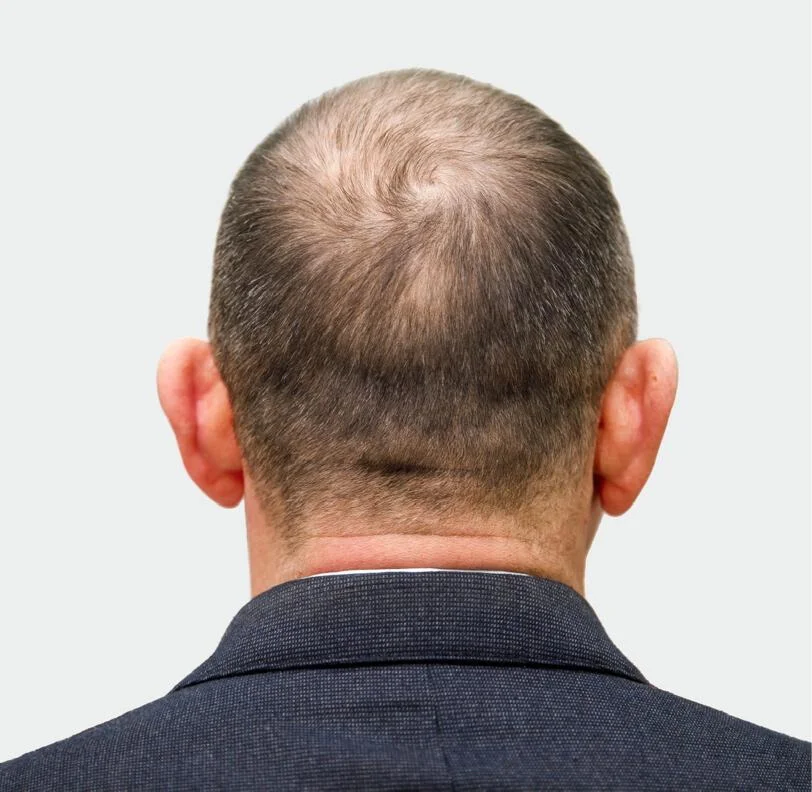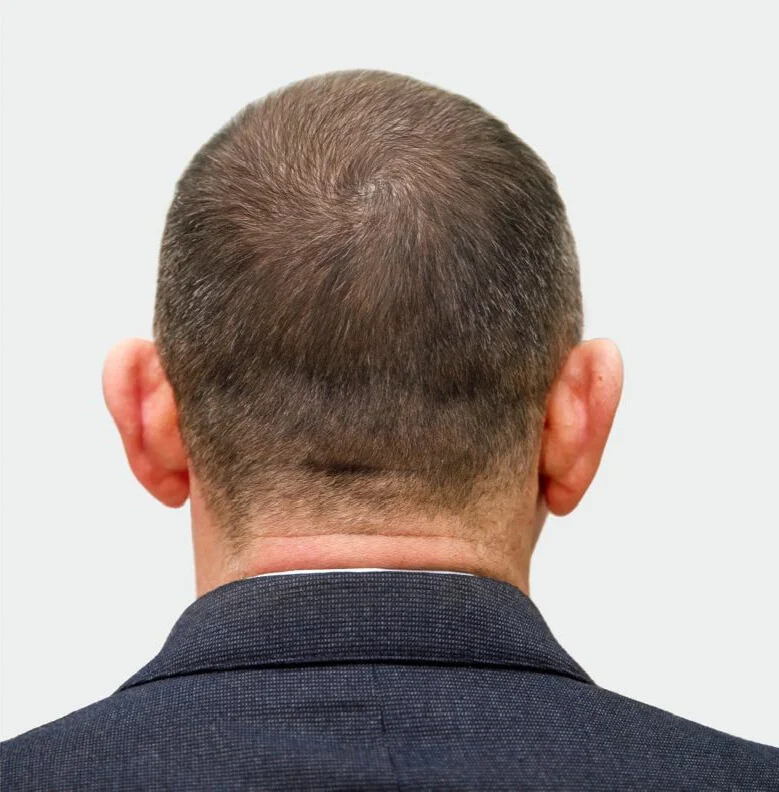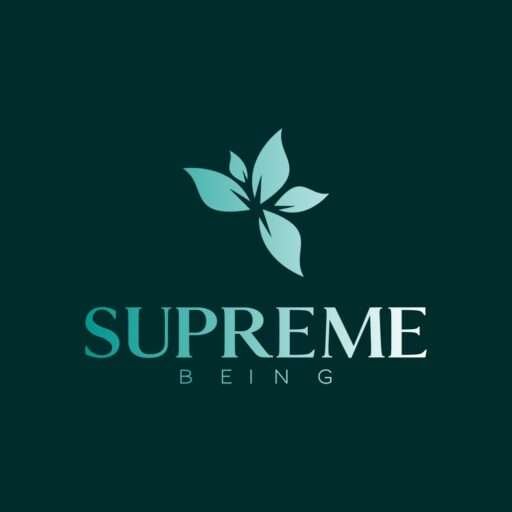Natural Hair Revival
PRP Hair Restoration


PRP Hair Restoration (Platelet-Rich Plasma Hair Restoration) is a non-surgical, natural treatment designed to stimulate hair growth and address hair thinning or hair loss, particularly in individuals suffering from androgenic alopecia (male and female pattern baldness). This treatment uses your own blood to harness the healing properties of platelets to regenerate and rejuvenate hair follicles. It has become a popular option for those seeking to restore thinning hair without resorting to invasive surgeries like hair transplants.
How the treatment works
The PRP Hair Restoration combines two technologies:
The PRP is then carefully injected into areas of the scalp where hair thinning or hair loss is evident. These injections are typically administered into the dermis (the layer just beneath the surface of the skin) where hair follicles reside.
The PRP stimulates the hair follicles, encouraging them to enter the anagen (growth) phase of the hair cycle.
Growth factors in the PRP increase blood supply to the hair follicles and encourage new hair growth.
It can also help to thicken existing hair and slow down the rate of hair loss.
More about PRP Hair Restoration
Natural and Safe
Non-Surgical
Stimulates Hair Growth
Improves Hair Thickness and Quality
Minimal Downtime
Quick Procedure
Treatment Protocol
Results
Aftercare
Considerations
Potential Side Effects
Mild redness, swelling, or tenderness at the injection site. Temporary increase in hair shedding as new growth starts to push out old hair (this is normal and should resolve). Mild bruising in the treated area, which is usually temporary.

